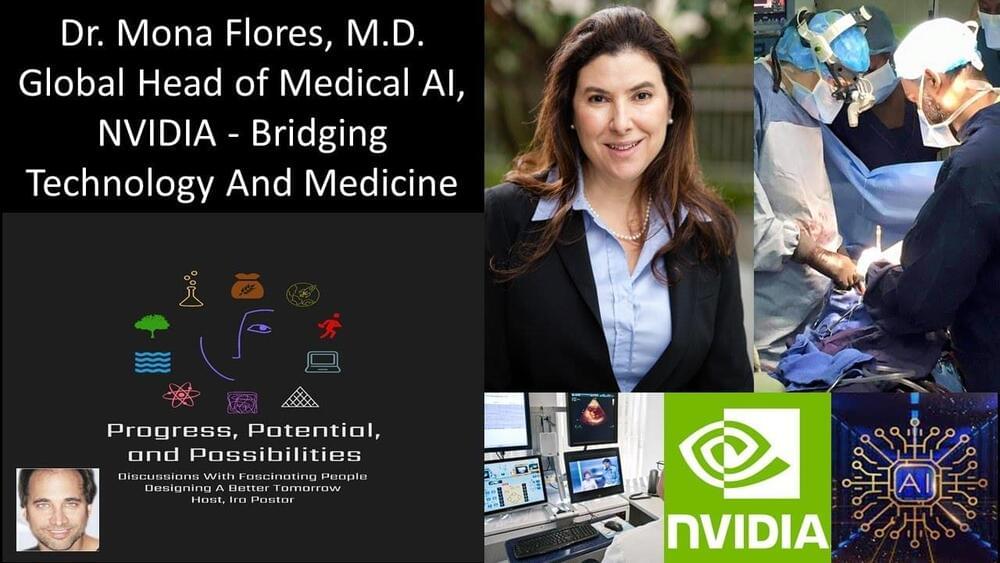Dec 2, 2021
Dr. Gladys Kalema-Zikusoka, Founder and CEO, Conservation Through Public Health (CTPH), Uganda
Posted by Ira S. Pastor in categories: biotech/medical, business, government, health
Biodiversity conservation, public health and improved livelihoods — dr gladys kalema-zikusoka, founder and CEO, conservation through public health.
Dr. Gladys Kalema-Zikusoka, is the Founder and CEO of Conservation Through Public Health (CTPH — https://ctph.org/), a 16-year old non-profit organization, based in Uganda, that promotes conservation by improving the quality of life of people and wildlife to enable them to coexist in and around protected areas in Africa, and she has become one of the leading conservationists and scientists working to save the critically endangered mountain gorillas of East Africa.


















